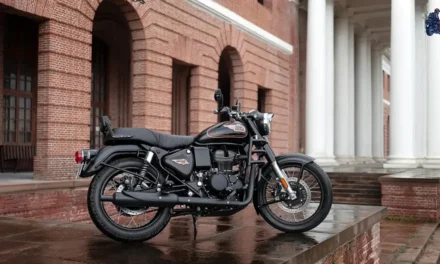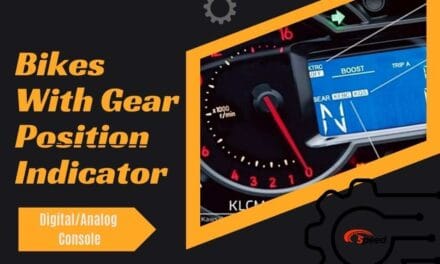The American off-road motorcycle market, long dominated by Austrian stalwarts KTM and Husqvarna, is witnessing an audacious incursion from an unlikely contender: Fantic Motor, Italy’s racing-born underdog.
Armed with a 50-year legacy of podium finishes, a fuel-injected two-stroke marvel, and a Texan logistics partner, Fantic is betting big on American riders. But can this Euro niche brand carve a foothold in a market steeped in brand loyalty and skepticism toward newcomers?
Fantic Motorcycles: XE300’s Calculated Assault
Fantic’s U.S. strategy leans heavily on its XE300—a 293cc two-stroke engineered to blur the line between race-track weapon and consumer-ready enduro machine.
At the 2024 International Six Days of Enduro (ISDE), rider Kevin Cristino rode the XE300 to a decisive E3 class victory, validating its Minarelli fuel-injected engine under brutal conditions.
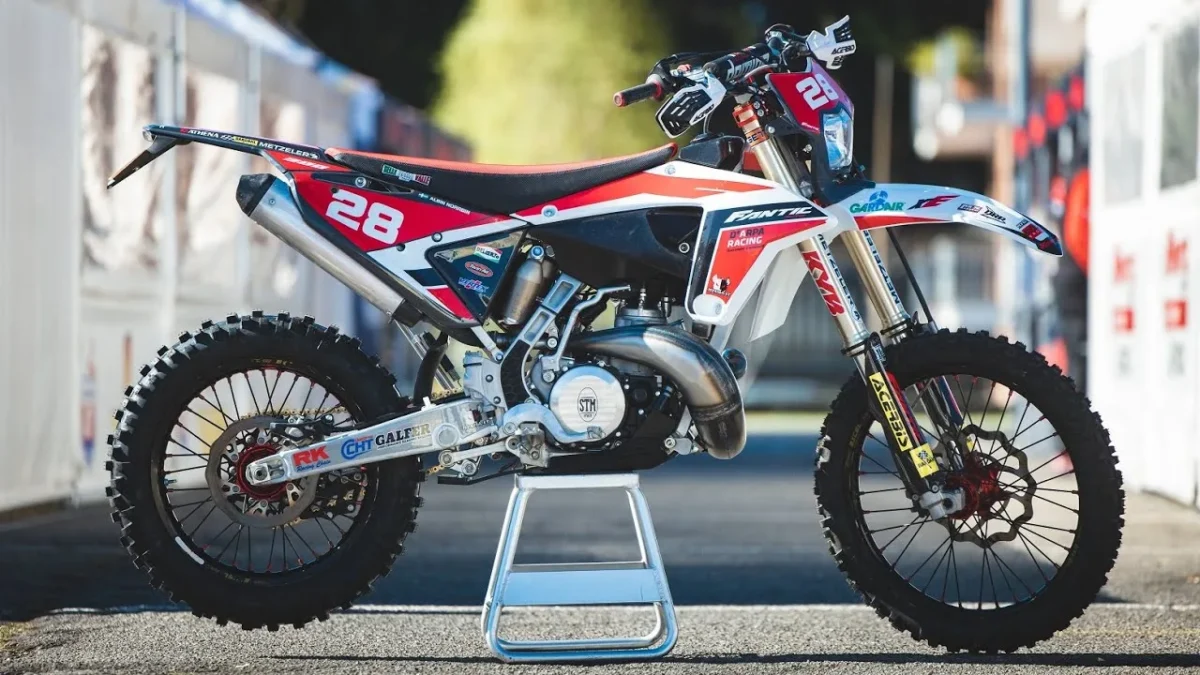
Fantic XE300
What sets this bike apart?
- Dual-Injector EFI System: Developed with Dell’Orto/Athena, it delivers smoother throttle response than KTM’s TBI, according to Enduro21 testers.
- KYB SSS Suspension: A premium feature typically reserved for aftermarket upgrades on competitor’s bikes.
- App-Tunable Electronics: Riders can adjust traction control (10 levels) and engine maps via Fantic’s WiGET app.
Priced at $11,599, the XE300 matches KTM’s 300 XC-W blow-for-blow. But Fantic’s ace is its hybrid DNA: an Italian powerplant nested in a Yamaha-derived aluminum chassis.
It’s a compelling narrative—“European passion meets Japanese reliability”—that could resonate with riders fatigued by KTM’s ubiquity.
Dual-Model Strategy
Fantic isn’t relying on the XE300 alone. The XEF250 TL ($6,499), a four-stroke trail bike, serves as the brand’s entry-point play. With a steel frame, adjustable power modes, and a lower seat height, it targets beginners and casual riders—a segment often overlooked by premium Euro brands.
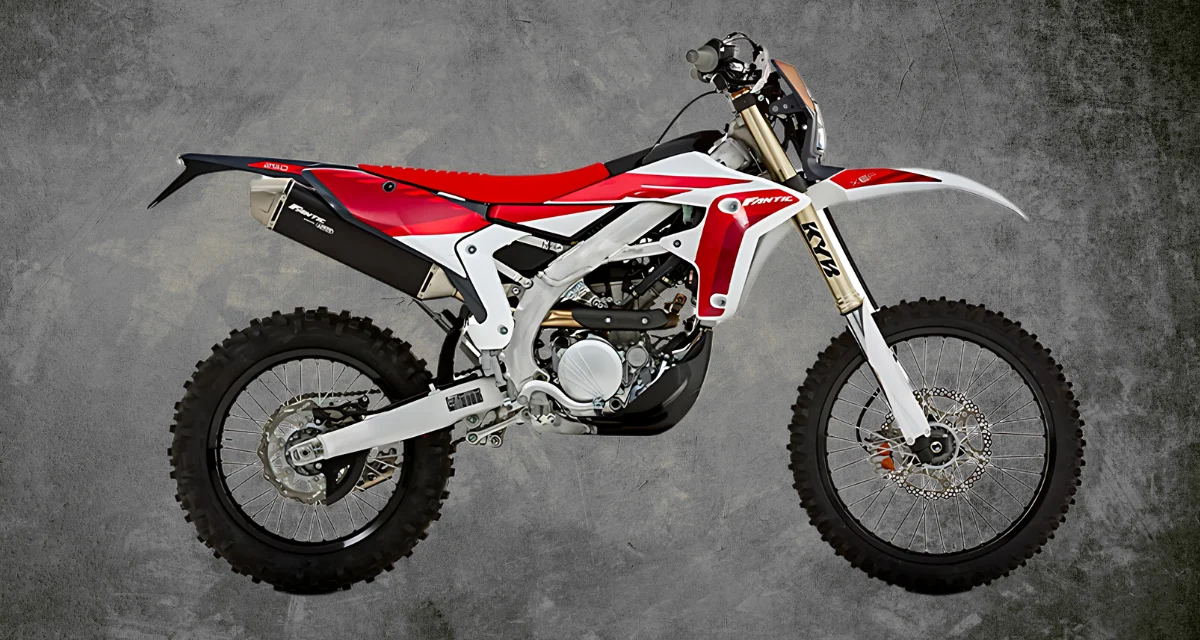
Fantic XEF 250 TL
But here’s the twist: The XEF250 TL shares little with its race-spec sibling, risking brand dilution. Early UK reviews note its “firm seat” and “modest engine,” raising questions about its appeal in a market flooded with Japanese value bikes.
Texas Logistics and a Dirt Bike Legend
Here’s where Fantic gets clever. Instead of building a U.S. HQ from scratch, they partnered with Central Powersports Distribution (CPD)—a Texas-based logistics wizard that handles niche brands like Rieju and AJP. CPD’s 33,000 sq. ft. facility ensures parts and bikes land in dealerships fast.
But logistics alone won’t sell bikes. Gary Hazel, Fantic’s National Sales Manager. A former Thumper Racing owner and industry vet, Hazel’s job is to convince dealers to take a chance on an unknown Italian brand. It’s a tough sell when KTM/Husqvarna dominate showrooms, but early adopters in states like California and Colorado are already biting.
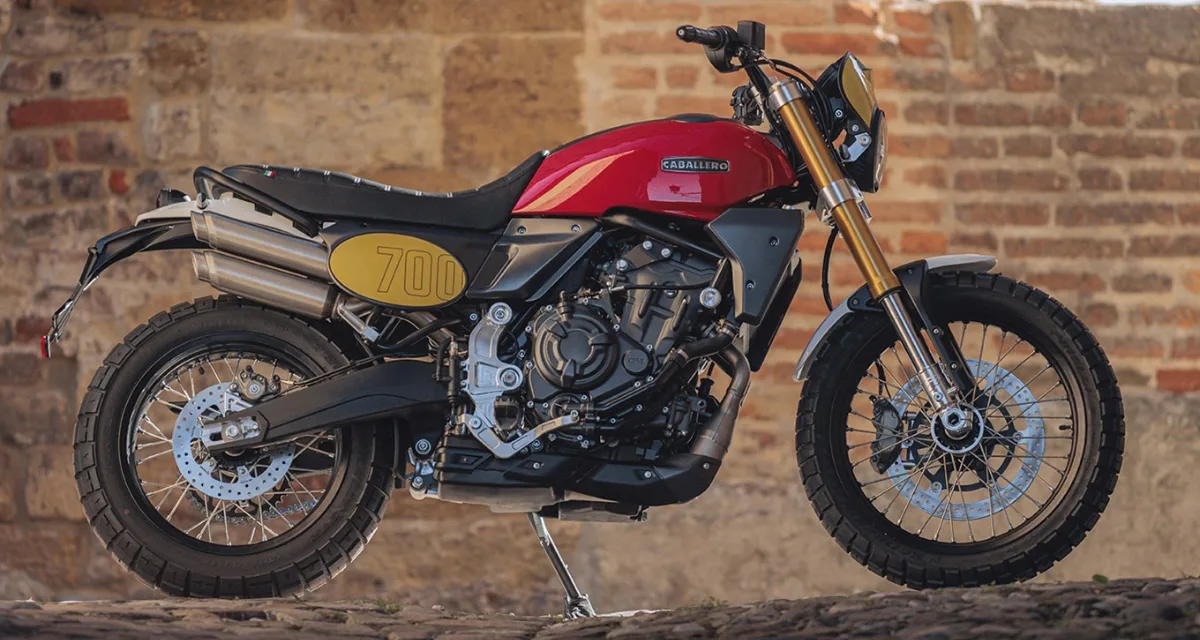
fantic Caballero 700
Why the Caballero 700 Isn’t Coming (Yet)
If you’ve drooled over Fantic’s Caballero 700 Scrambler—a Yamaha CP2-powered retro stunner—you’re not alone. Europeans rave about its style and punchy engine, but Fantic’s U.S. launch skips it entirely. Why?
- Homologation Hell: Meeting EPA/DOT rules for street bikes is expensive. The CP2 engine (used in Yamaha’s MT-07) is U.S.-ready, but Fantic’s exhaust and tuning would need costly recertification.
- Focus on Off-Road: Fantic’s betting big on its dirt cred first. Bringing the Caballero would stretch dealer networks thin, requiring showrooms to cater to both hardcore enduro riders and hipster scrambler fans.
Market Realities
Fantic’s biggest challenge isn’t engineering. It’s winning trust in a market obsessed with orange (KTM) and orange-adjacent (Husqvarna) bikes.
- Dealer Desert: As of 2025, Fantic’s U.S. dealer map is sparse. Finding a local shop for test rides or warranty work? Good luck if you’re not in Texas or California.
- Premium Pricing: The XE300 costs as much as a KTM 300 XC-W. For riders loyal to Austrian brands, Fantic must prove its Italian engine and Yamaha chassis are worth the leap of faith.
- The “Italian Reliability” Stereotype: Forums are already buzzing with worries about parts delays or quirks. Fantic’s hybrid Italian-Japanese identity helps, but one viral YouTube rant could derail momentum.
Can Fantic Rewrite the Script?
History is littered with European brands that faltered in the U.S.—Aprilia’s aborted supermoto push, Husqvarna’s pre-KTM struggles. Yet Fantic’s strategy shows glimmers of differentiation:
- Tech-Forward Positioning: The XE300’s app-based customization taps into a younger, digitally native demographic.
- Racing-to-Retail Synergy: ISDE victories provide instant credibility; leveraging Cristino and Albin Norrbin as brand ambassadors could amplify reach.
- Strategic Patience: Delaying the Caballero avoids overextension, allowing focus on core off-road credibility.
Fantic’s plan is bold, but not reckless. By leading with race-proven tech and leveraging CPD’s logistics, they’ve avoided the pitfalls of past Euro brands that flopped in the U.S. (Looking at you, Aprilia).



